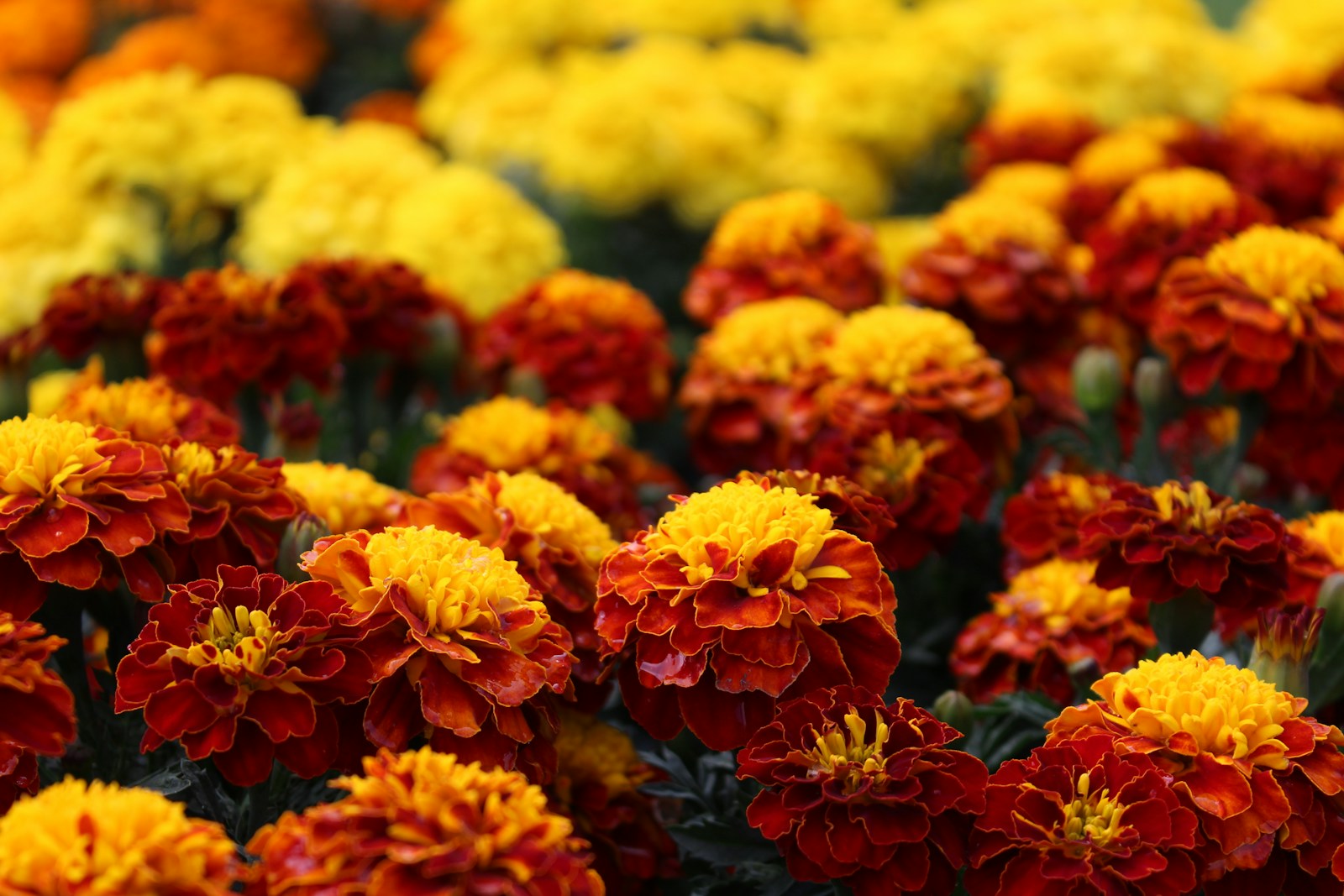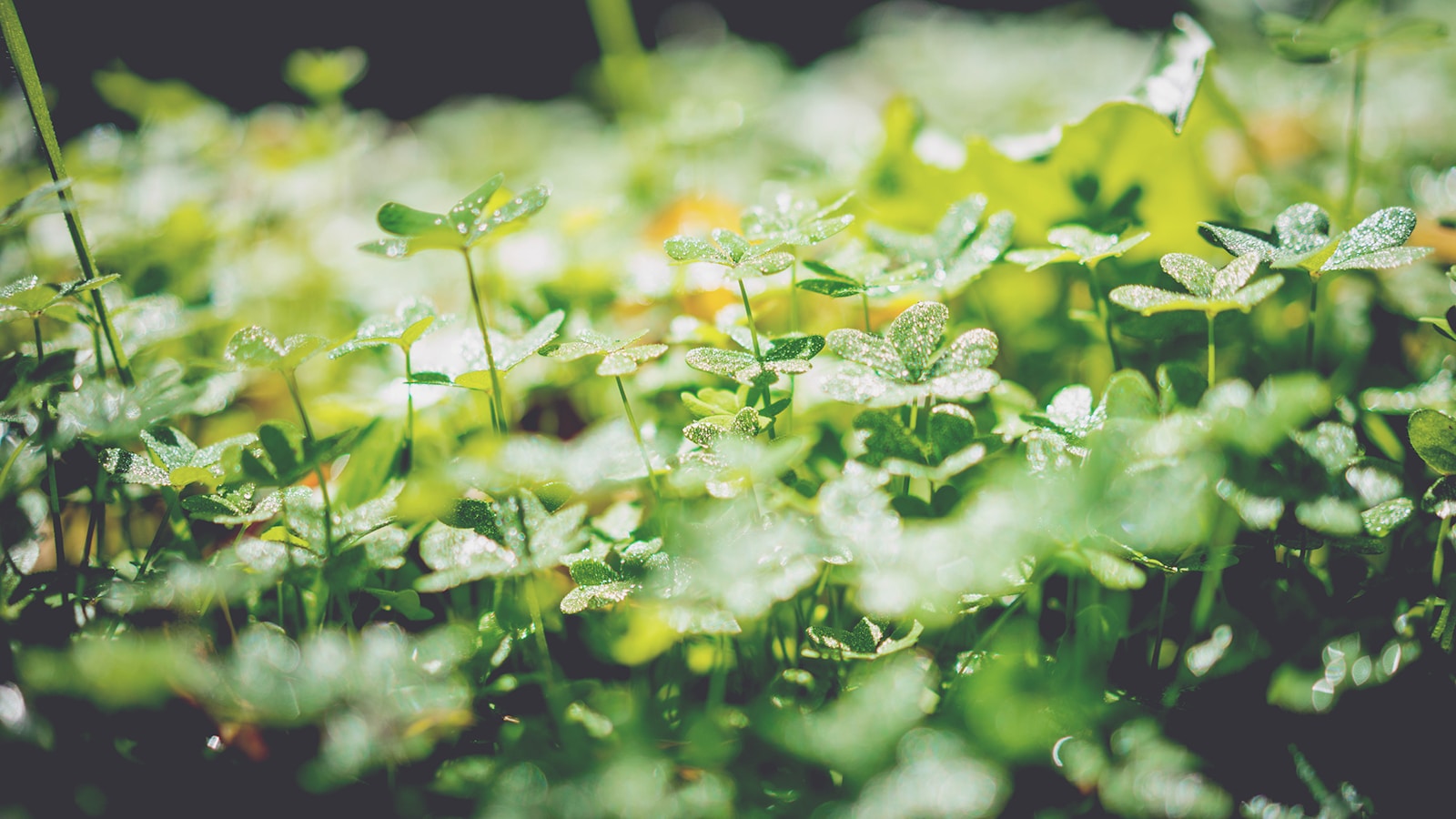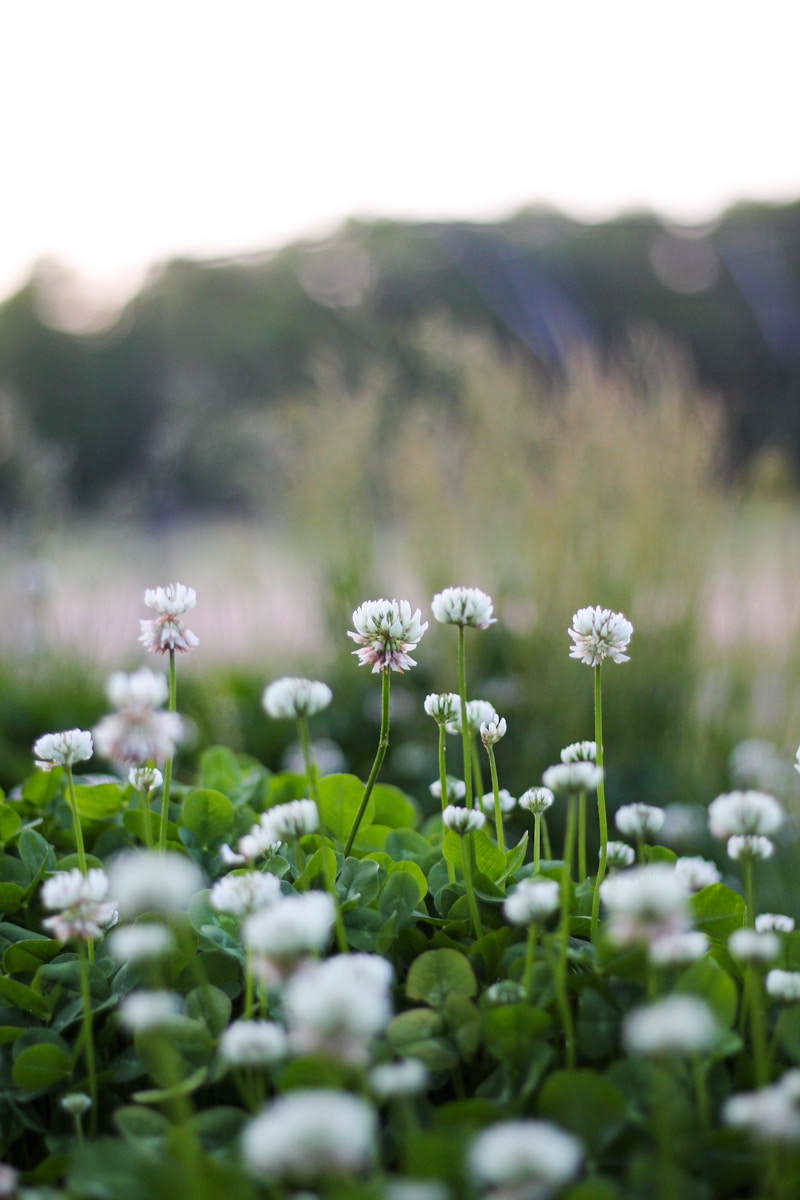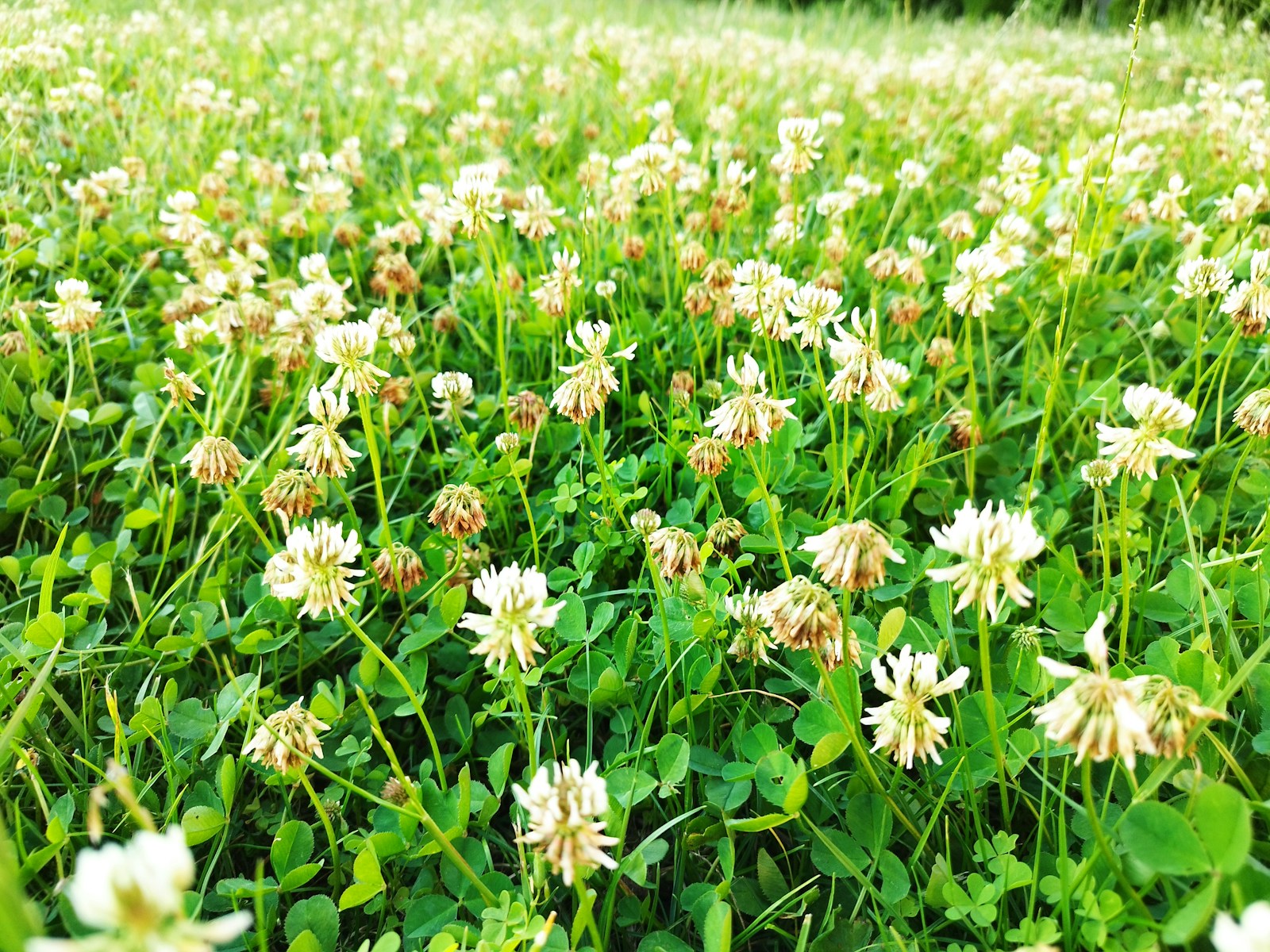Starting marigold seeds indoors is like getting a head start on a joyful garden parade. These resilient flowers not only brighten up any garden but also naturally repel pests like aphids and nematodes. Plus, they’re a breeze to grow from seed—if you know the right steps. Here’s how to ensure success, even if you’re a novice gardener.
What You’ll Need to Start Marigold Seeds Indoors:
- Seed starting mix: Avoid garden soil; seed mixes provide the right drainage and texture.
- Seed trays or small pots: Look for trays with drainage holes. Reusable options are eco-friendly.
- Grow lights (optional): If you lack a sunny window, a simple LED grow light works wonders.
- Spray bottle: Keeps the soil evenly moist without washing the seeds away.
- Clear plastic cover or wrap: Helps maintain humidity during germination.
Step-by-Step: Planting Marigold Seeds Indoors
1. Prepare Your Containers:
Fill seed trays or pots with a seed-starting mix. Gently tap the containers to eliminate air pockets but avoid compacting the soil.
2. Plant the Seeds:
Sprinkle marigold seeds on the soil surface, then cover them with about ¼ inch of soil. Lightly pat down.
3. Water Wisely:
Using a spray bottle, mist the soil until it’s evenly moist. Keep the soil damp but never waterlogged.
4. Provide Warmth and Light:
Marigold seeds germinate best at temperatures between 70°F and 75°F. Place your trays near a sunny window or under a grow light for 14 to 16 hours daily.
5. Maintain Moisture:
Cover the trays with clear plastic or a humidity dome until germination, usually within 5 to 7 days.
Caring for Marigold Seedlings
Once the seeds have sprouted, remove the plastic cover. Keep the soil moist but not soggy. Rotate trays daily if using window light to encourage straight, sturdy growth.
When the seedlings develop their second set of true leaves, thin them by snipping weaker plants at the base. This ensures the healthiest seedlings thrive.
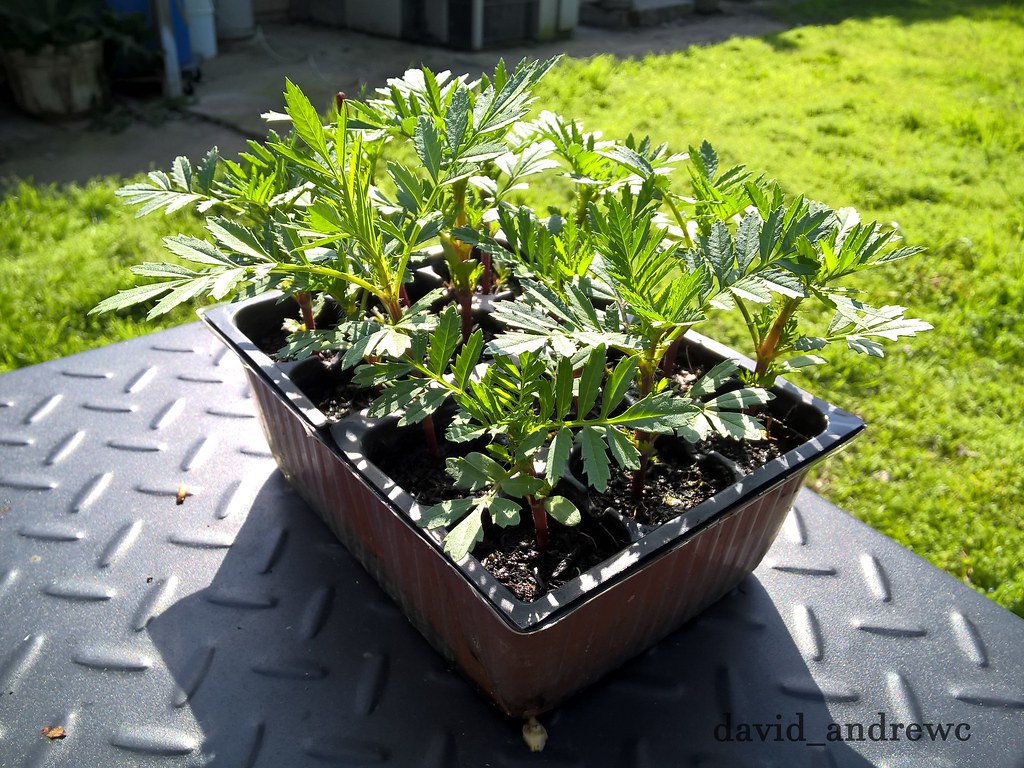
When to Transplant
Transplant seedlings outdoors after the last frost when nighttime temperatures consistently stay above 50°F. Harden them off by gradually exposing them to outdoor conditions over 7 to 10 days.
Why Start Indoors?
Starting seeds indoors not only jumpstarts your garden but also increases bloom time. According to the University of Minnesota Extension, early seed starting allows for better control of the growing environment, giving flowers like marigolds a head start before pests and unpredictable weather arrive.
Pro Tips for Marigold Success
- Choose Varieties Wisely: Tagetes erecta (African marigolds) grow tall, while Tagetes patula (French marigolds) remain compact.
- Fertilize Lightly: Use a diluted, balanced fertilizer once seedlings are a few weeks old.
- Repel Pests Naturally: Plant marigolds near tomatoes and peppers to ward off garden pests.
By starting your marigold seeds indoors, you’ll be setting the stage for a summer full of vibrant blooms and healthy garden companions. So grab those seed trays and let the magic begin!
Happy gardening!
